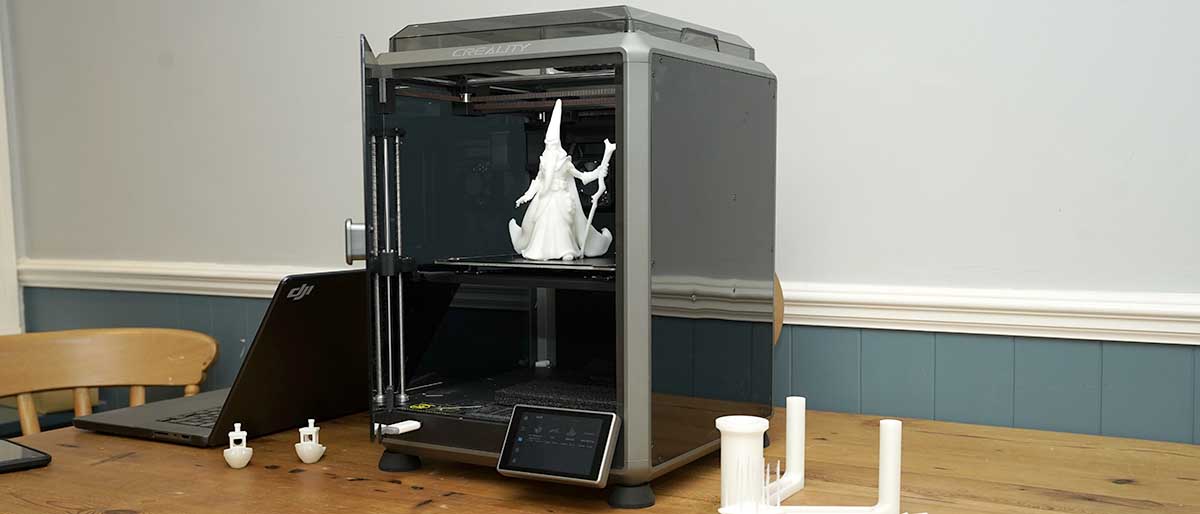TechRadar Verdict
The Creality K1 is the smaller, neater sibling of the K1 Max, and with that reduction in size comes a stripping back of some of the more advanced AI features as standard. However, and this is a big 'however', the K1, with the addition of a small AI camera and LiDAR sensor, which can be purchased for a small additional cost, can be upgraded to a far superior machine with AI checking and live camera monitoring.
Pros
- +
Fast print speed
- +
Exceptional accuracy
- +
Versatile connectivity
Cons
- -
Optional AI cost
- -
No multi-filament
Why you can trust TechRadar
In use, the K1 is everything you could want a single-extrusion 3D printer to be: fast and accurate. The speed of print production is incredibly fast, but what truly stands out is the print quality.
With the K1, you also get a refined design. The fully enclosed structure makes it suitable for most locations, and, much like the K1 Max, the touchscreen, cloud printing, and general operation make this one of the best choices for homes, schools, and offices—as long as there's adequate ventilation.
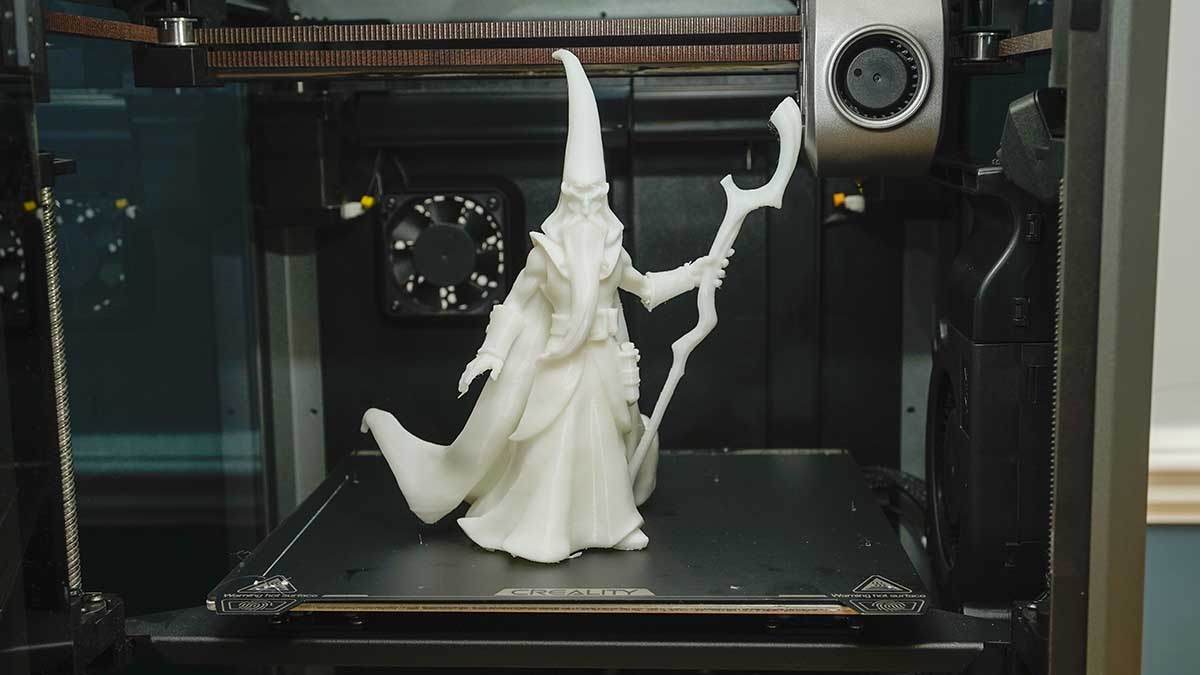
3D printing has evolved, and the current crop of best 3D printers have improved almost every aspect of operation. However, few, if any, have reached the pinnacle of absolute perfection, although some have come close. The Creality K1 and K1 Max represent part of this new generation of 3D printers aimed at those who want to focus on printing rather than tinkering.
These new machines introduce refined technology and design, featuring Core XY mechanics. In the case of the K1 Max, AI and LiDAR technology come as standard, while the K1 offers these as optional extras.
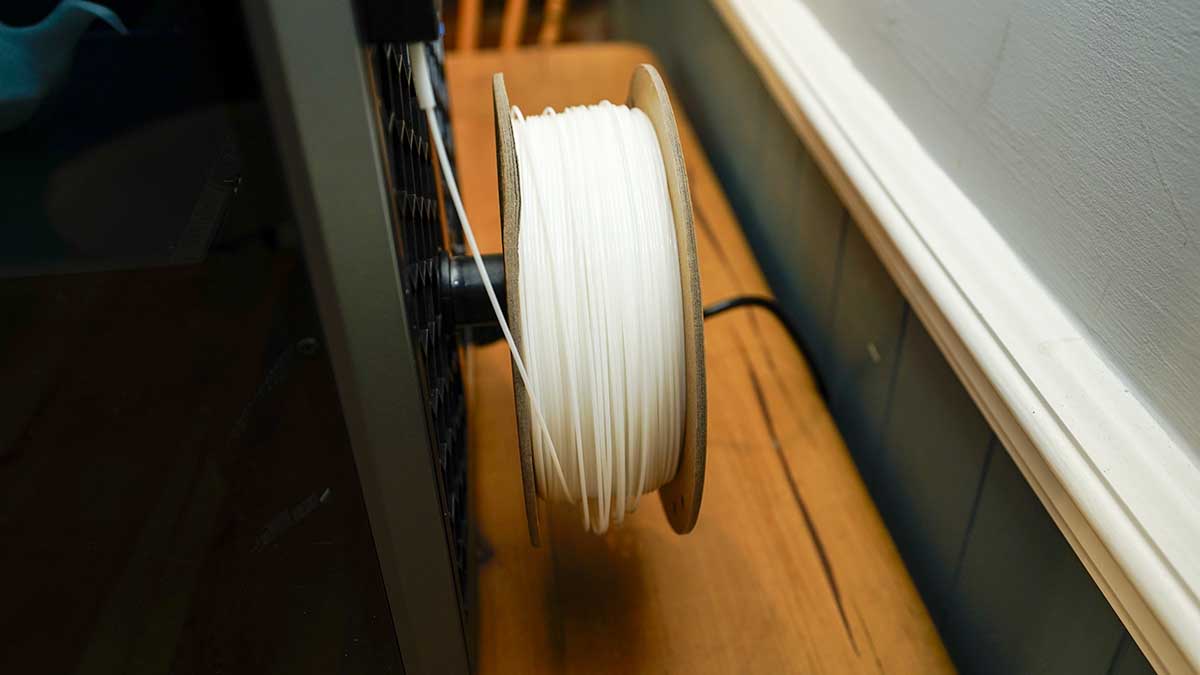
What sets these new printers apart from the previous generation are features like speed and accuracy, which are the main headliners. Add to that AI technology, advanced auto bed levelling, seamless ease of use through WiFi and cloud printing, and for some, a fully enclosed environment is an essential few machines offer.
The K1 ticks almost all the boxes. While the AI camera and LiDAR sensor are inexpensive optional additions, the only significant feature missing is multi-filament capability. However, if speed and accuracy are your priorities, this printer already looks hard to beat.
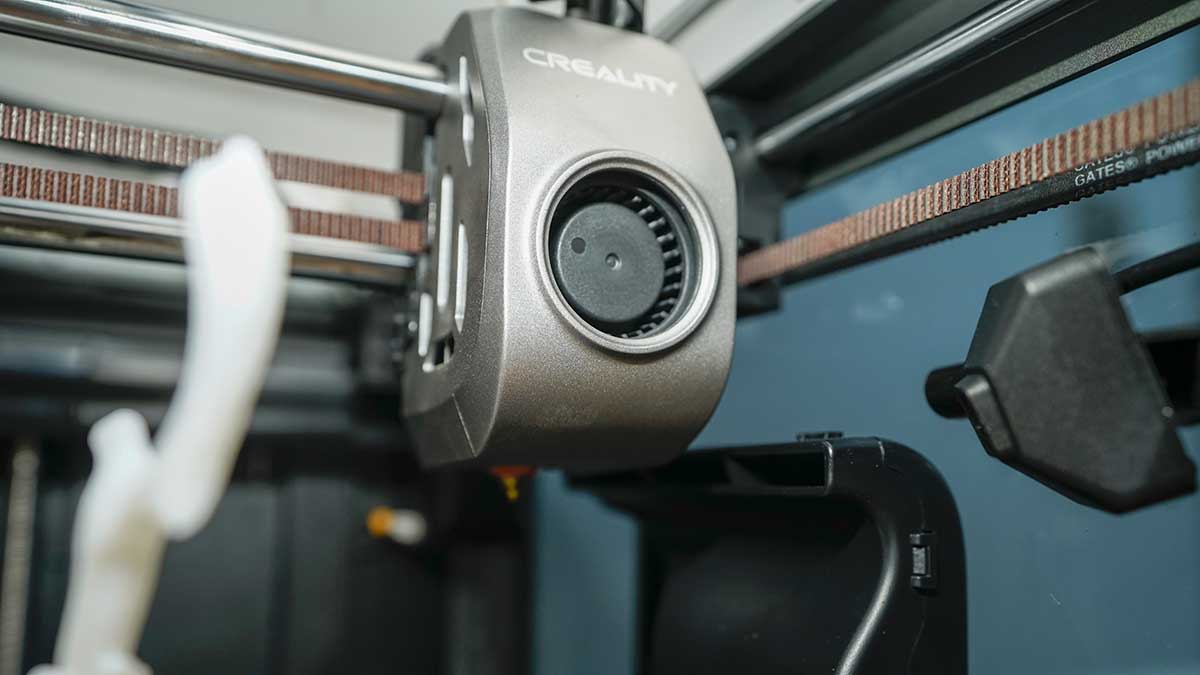
Creality K1: Design

Print Technology: Fused Filament Fabrication (FFF)
Build Area: 300 x 300 x 400 mm
Minimum Layer Resolution: 50 microns
Maximum Layer Resolution: 400 microns
Dimensions: 525 x 479 x 665 mm
Weight: 18 kg
Bed: Heated Aluminium Plate
Print Surface: Removable Glass Plate
Software: Creality Slicer, compatible with Cura, Simplify3D
Materials: PLA, ABS, TPU, PETG
Print Speed: Up to 180 mm/s
Over the years, I've examined many 3D printers, each with its array of shapes, sizes, and designs—both open and closed. In my experience, and after recommending these machines to individuals and institutions, the features that trump everything else are speed, accuracy, and an enclosed environment.
Teachers and businesses need a printer that's both quick and precise. Safety is a concern, so an enclosed design is a must. It also needs to fit within a tight budget.
This is exactly where the K1 shines. Its fully enclosed design comes with a hinged door that securely seals off the build area, keeping curious fingers and noses at bay.
The touchscreen interface is another major advantage. Intuitive and well-organised, it allows you to adjust settings, calibrate, and select prints, all in a user-friendly manner we've all become accustomed to through mobile phones.
Mechanically speaking, the intelligent bed levelling is reliably accurate, and the loading filament at the start is straightforward, thanks to the touchscreen.
Once your print is done, just open the door, remove your creation from the flexible print platform, and you're ready for the next job. Plus, the printer comes with WiFi as standard so that you can send prints directly from your desktop or mobile.
The K1's size is another crucial design feature. With a footprint of 355mm x 355mm, it's compact enough to fit comfortably on most work surfaces, requiring just a bit of extra depth—around 20mm—for the filament reel at the back.
Its enclosed design also makes it ideal for printing specialist materials like ABS, which perform better in a sealed environment. However, if you're using PLA and the room temperature exceeds 30ºC, the top of the printer can be removed to help cool the build chamber—a feature I didn't have to use during the test period in the UK.
Lastly, for a small additional cost, you can purchase the AI Camera and LiDAR Sensor. This plug-in unit enhances both print quality and reliability, and the camera feature lets you monitor the printing process. For this review, I primarily used the K1 as it comes out of the box, later installing the camera to assess any significant differences.
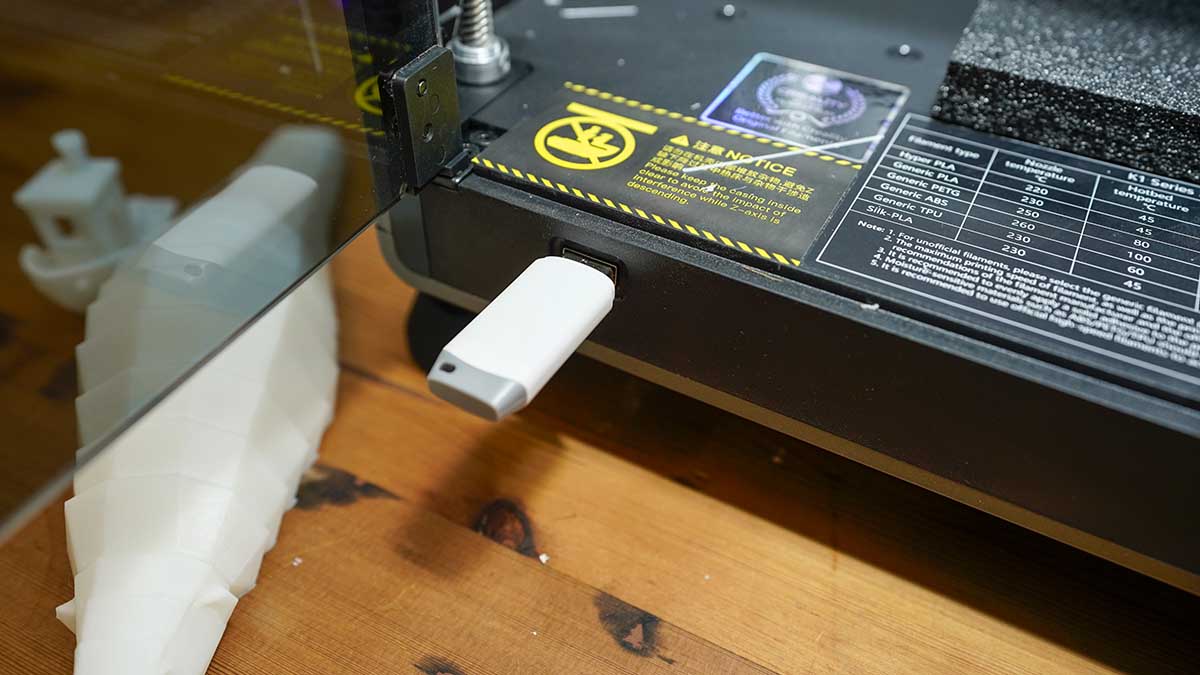
Creality K1: Features
First up is speed, a quality that can make or break your 3D printing experience. The Creality K1 takes it up a notch, capable of reaching speeds as high as 600mm/s with an acceleration rate of 20,000mm/s². Creality highlights the K1 as a game-changer, showing printing speeds up to 12 times ahead of the average FFF 3D printers. However, this should be taken with a pinch of salt as those are the last-generation printers, and the present crop of similar-priced models is pretty much on par with the K1.
The hot end, of course, has quite a bit to do with that speed; it warms up to 200℃ in less than a minute and can then hold that temperature steadily as you print at those faster rates.
The K1 Max has a large print volume of 300x300x300mm compared with the K1 at 220x220x250mm. Hence, a reduction but still large in terms of the competition and provides a generous space to print larger objects or multiple smaller items simultaneously. An important factor is the footprint, which measures 355x355x480mm, ensuring that it doesn't take up much room on the work surface. What I do like is that although the construction is solid, it's relatively lightweight at 12.5kg, making it relatively easy to move around if need be.
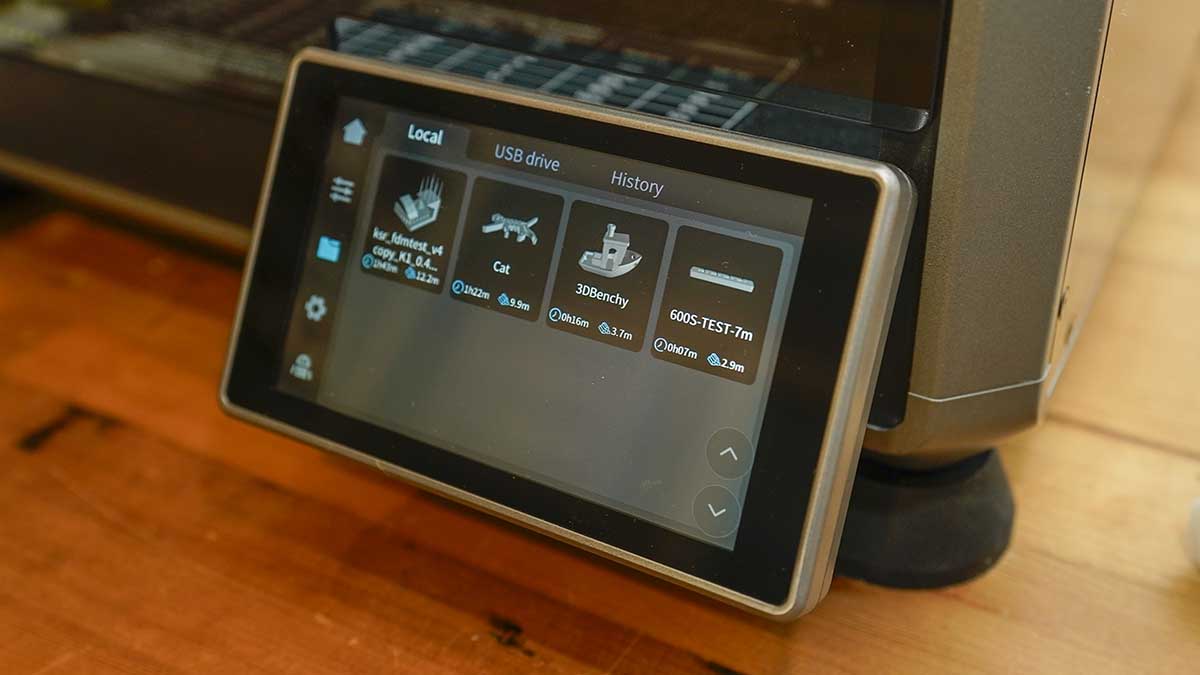
Accuracy is as important; with a layer height of 0.1-0.35mm and a printing accuracy of 100±0.1mm, it should be able to handle intricate designs and fine detail. The dual-gear direct drive extruder further enhances this, providing consistent filament feeding and enabling instant compatibility with a good range of materials.
The printer supports a wide range of filaments from PLA and PETG to more advanced materials like TPU and PA. The nozzle is versatile, and while it comes with a standard 0.4mm nozzle, it's compatible with 0.6/0.8mm ones.
Auto-levelling and input shaping is a simple tap on the touch screen to calibrate and then automatic after the initial setup. The 4.3-inch touchscreen makes navigation and control easy, and Creality has developed one of the most intuitive interfaces of any 3D printer.
Connectivity is another strong point. File transfers can be accomplished via a USB drive or WiFi. It's compatible with different slicing software like Creality Print, Cura, and PrusaSlicer, so for more advanced users, there is a bit more flexibility.
Optional features like an AI Camera and LiDAR are available, and having added this towards the end of the test, I would highly recommend it. These features are backed by a robust dual-core 1.2GHz CPU that powers the Creality OS, allowing for a seamless operation that you can remotely control and monitor.
Lastly, it's energy-efficient with a rated power of 350W and offers features like power loss recovery and filament runout sensor; this compares with the power-hungry K1 Max at 1000W.
Creality K1: Performance
Dimensional accuracy - score of 5
Target 25 = X: 24.89mm / 0.11mm Error | Y: 24.86mm / 0.14mm Error
Target 20 = X: 19.85mm / 0.15mm Error | Y: 19.86mm / 0.14mm Error
Target 15 = X: 14.92mm / 0.08mm Error | Y: 14.88mm / 0.12mm Error
Target 10 = X: 9.90mm / 0.10mm Error | Y: 9.97mm / 0.03mm Error
Target 5 = X: 5mm / 0mm Error | Y: 4.93mm / 0.07mm Error
X Error Average = 0.088
Y Error Average = 0.116
X&Y Error Average = 0.094
Fine Flow Control - score of 2.5
Fine Negative Features - score of 5
Overhangs - score of 5
Bridging - score of 4
XY resonance - score of 2.5
Z-axis alignment - score of 2.5
Adding up the totals gives a final score of 26.5 out of 30.
Due to the nature of the machine and the materials provided, the majority of this test was run using Creality's Hyper Series of PLA, which I can highly recommend for the quality of the finish it delivers.
The initial prints all turned out well, and they were slightly faster than more traditional printers, aligning closely with competitors like Bambu Labs and the K1 Max. Comparing the start-up times between the K1 and K1 Max reveals some differences: the K1's 350W power supply takes a tad longer to reach the optimal temperature compared to the K1 Max's 1000W.
Once the machine hits the right temperature, it springs into action. The effects of input shaping made possible through the Kipper firmware, are evident in the fine surface finish of the models. The robust build and precision of the machine are reflected in the accuracy of the prints.
Another noteworthy point is the Creality Print software. While it has received mixed reviews due to the limitations imposed by the Klipper firmware it's based on; these restrictions are generally not a concern for most users. That said, a nod of recognition to Klipper from Creality would be welcome.
Software aside, Creality Print is exceptional. I have both the K1 and K1 Max grouped within the software, each equipped with cameras, allowing me to send and monitor prints for both from a single interface. There's also room to add more printers. For businesses seeking a cost-effective, high-quality 3D print farm, this could well be the solution—at a fraction of the cost of competitors like Ultimaker.
Cloud printing simplifies the entire process, and the ability to remotely monitor the printers as they work at speed—thanks to the added camera option—makes a world of difference.
Visually, the K1's print quality is on par with the K1 Max. However, it's only upon close inspection of the test prints that we can fully appreciate the capabilities of this printer.
The surface finish is excellent in doubt due to the input shaper and the dimension accuracy shown in the test results. The only drawback was the slight feathering in the fine flow test, which with a little fine tuning it was possible to resolve. Overall the prints do look very clean.
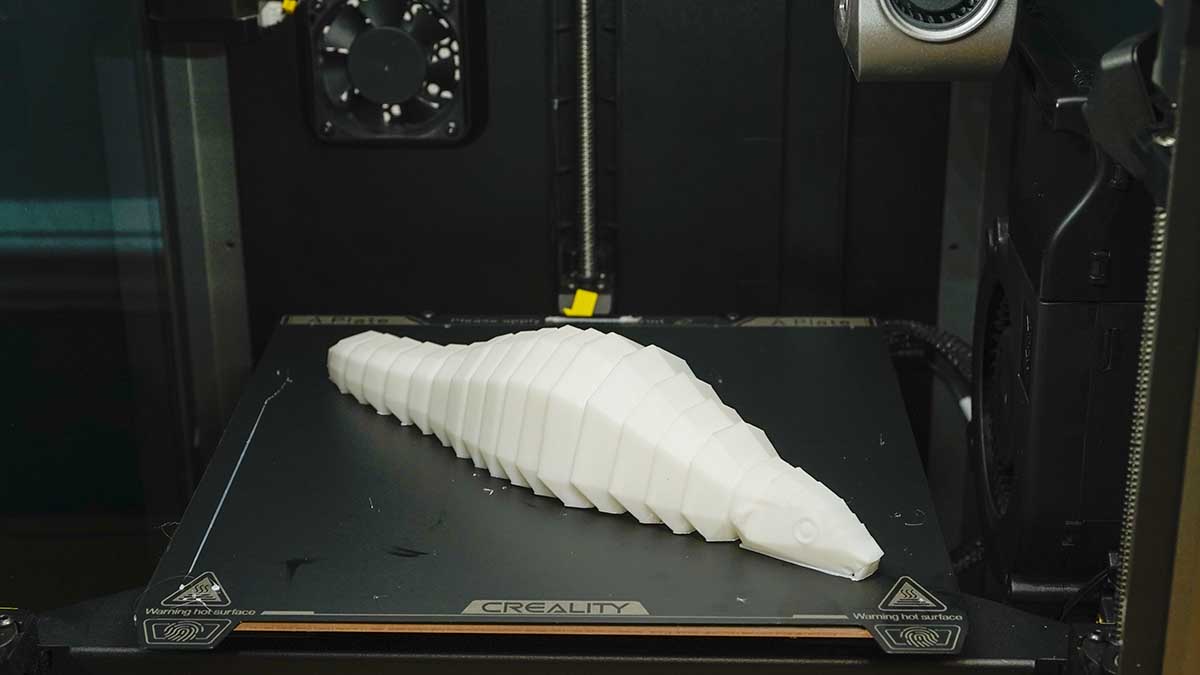
Creality K1: Verdict
The Creality K1 is a superb single-extrusion 3D printer that impresses with its speed, accuracy, and refined design. While it lacks multi-filament support and some advanced features out of the box, there are affordable optional upgrades like an AI camera and LiDAR sensor that easily bridge that gap.
This AI camera does make a difference to the print process and while I didn't see any obvious signs of a cleaner print, the ability to remotely observe the print process was a huge advantage.
Whether you're a hobbyist, educator, or professional, the K1 offers an exceptional 3D printing experience without breaking the bank. Overall, it's hard to beat in its class and comes highly recommended.
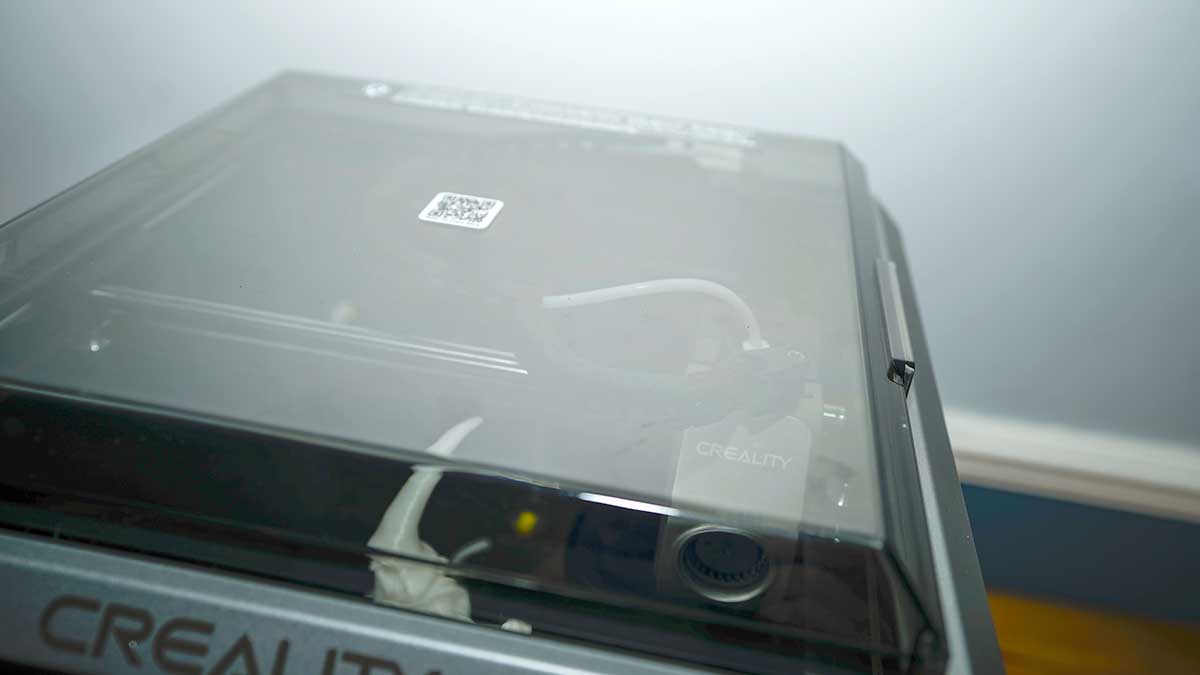
- Best 3D modeling software: Testing tools for bringing creations to life
